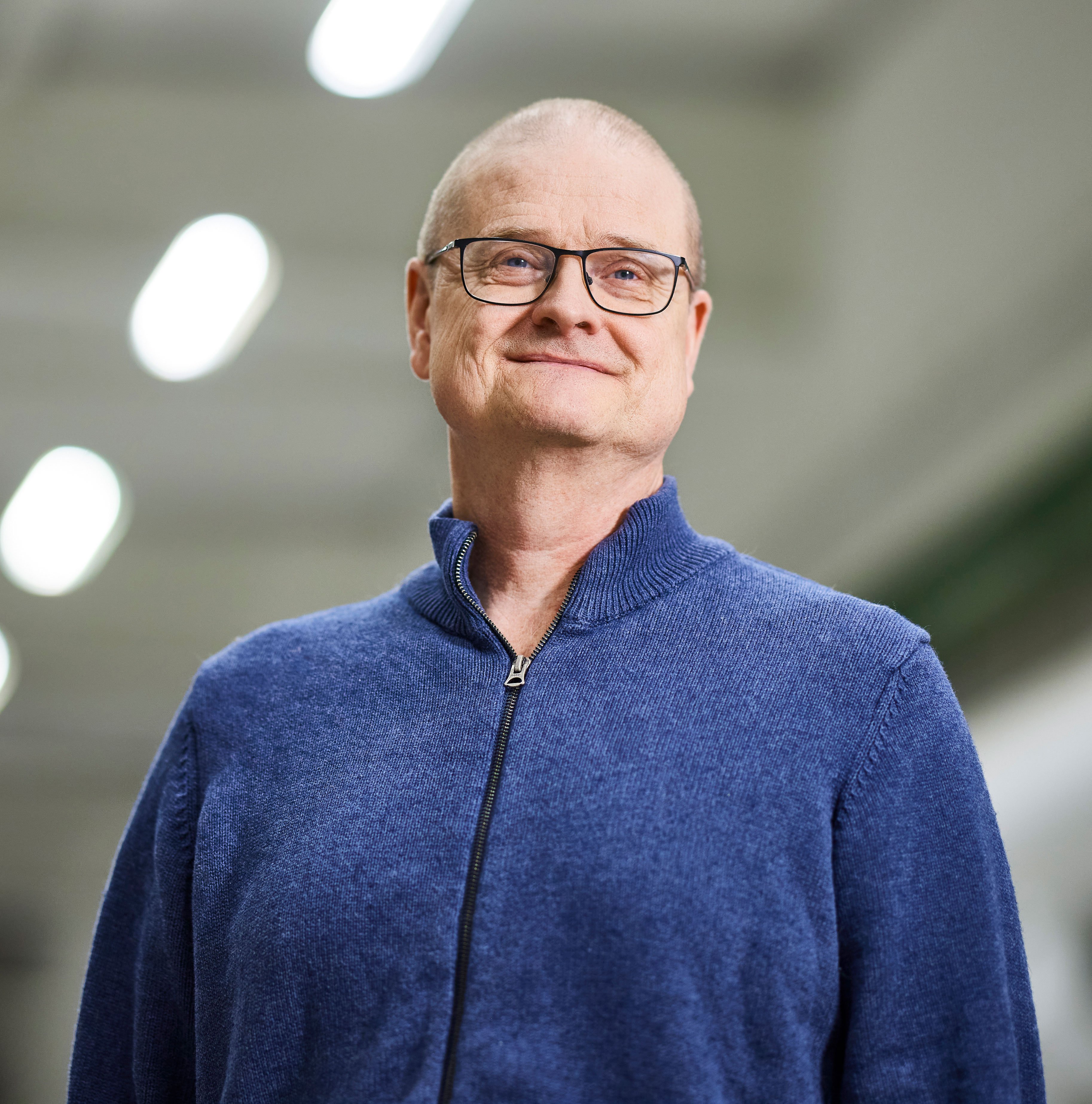 Thomas Helander, R&D expert, Kanthal.Thomas Helander, Kanthal’s R&D expert, and Stefan Marth, Researcher and Group Manager - Heating and Metalworking at Swerim AB, talk about their contributions to the project, advancing the technical aspects of simulations, furnace conversions, and pilot trials. Their work highlights Kanthal and Swerim's dedication to providing scalable solutions for decarbonizing the steel industry.
Thomas Helander, R&D expert, Kanthal.Thomas Helander, Kanthal’s R&D expert, and Stefan Marth, Researcher and Group Manager - Heating and Metalworking at Swerim AB, talk about their contributions to the project, advancing the technical aspects of simulations, furnace conversions, and pilot trials. Their work highlights Kanthal and Swerim's dedication to providing scalable solutions for decarbonizing the steel industry.
The ELROS project focuses on modernizing the reheating process for billets and slabs, which are critical in steel production but traditionally rely on gas-fired furnaces that emit large amounts of CO2. Helander explains that the project's main goal was to explore how electrification can reduce these emissions. "Our objective was to electrify these furnaces while still achieving the high temperatures—up to 1,350°C (2,462°F) —needed for steel production," he says.
Given that the steel industry is a major contributor to global CO2 emissions, this project offers us a chance to make a real impact with our electric heating technology.
 Stefan Marth, Researcher and Group Manager - Heating and Metalworking, Swerim AB.Kanthal’s role in the project draws on its expertise in high-temperature heating, particularly with Kanthal® Super elements. These elements can withstand the extreme heat required for the reheating process. "Given that the steel industry is a major contributor to global CO2 emissions, this project offers us a chance to make a real impact with our electric heating technology," Helander adds.
Stefan Marth, Researcher and Group Manager - Heating and Metalworking, Swerim AB.Kanthal’s role in the project draws on its expertise in high-temperature heating, particularly with Kanthal® Super elements. These elements can withstand the extreme heat required for the reheating process. "Given that the steel industry is a major contributor to global CO2 emissions, this project offers us a chance to make a real impact with our electric heating technology," Helander adds.
At Swerim, Marth and his team have been crucial to the research and experimental phases. Marth notes that this project has shifted their focus from theoretical modelling to practical heating solutions. "This hands-on approach has provided us with valuable insights and a great learning experience," Marth says. His team was responsible for pilot testing and converting an existing gas furnace to an electric one—key steps in proving the feasibility of electrification.
Swerim’s work was divided into four phases:
- Literature review: The team began by studying previous research and industrial applications of induction heating, gaining an understanding of its current uses.
- Simulation: They then modelled the induction heating process to find ways to optimize it for industrial applications.
- Furnace conversion: Swerim upgraded their walking beam furnace in Luleå, converting the final heating zone to use purely electric resistance heating. Kanthal supported this by supplying essential components like heating elements and a new furnace roof.
- Pilot trials: Finally, they conducted tests using three methods—inductive heating, resistance heating, and a combination of both.
The approach: Combining induction and resistance heating
The project tested three methods: inductive heating, resistive heating, and a combination of both. According to Marth, the combined approach yielded the most promising results. "We used induction heating for a fast temperature rise, followed by resistance heating to achieve even heat distribution," he explained. This combination balanced speed with precision, reducing the time needed to reach the target temperature by about one-third compared to resistive heating alone.
Kanthal’s extensive experience with high-temperature heating elements played a pivotal role in these trials. The team successfully demonstrated that resistive heating, which is more energy-efficient than both induction and traditional gas-fired burners, could independently achieve temperatures as high as 1,300°C (2,372°F). This marked a significant breakthrough for electric heating systems in the steel industry, proving their capability to reach these critical high temperatures.
Practical implementation and overcoming challenges
Implementation took place at Swerim’s facility in Luleå, where an existing gas-fired furnace was converted to electric heating using Kanthal® Super elements. Helander points out that the transition posed several challenges, particularly in maintaining the required energy density within the existing furnace size. "Installing and handling the new elements involved a steep learning curve for the team, as they had to adapt to the complexities of electric heating systems," he says.
Marth noted that while the conversion process went smoothly, managing the technical aspects of moving from gas to electric heating was challenging. However, the collaboration between Kanthal and Swerim helped address these obstacles. "Kanthal provided essential components, and we worked closely on the design and implementation," Marth elaborates.
The project also emphasized the importance of a robust control system to ensure consistent and reliable heating.
Industry response and future potential
The ELROS project has been positively received by the steel industry, demonstrating that electric reheating can achieve the required temperatures and production efficiency. Helander notes, "The timing couldn’t have been better, as the industry is now heavily focused on electrification solutions." The success of the test project has boosted confidence among industry stakeholders in the feasibility of electric heating as a viable alternative to gas-fired furnaces.
Both Kanthal and Swerim are optimistic about the scalability of the technology. Marth highlights that the pilot trials closely resembled real industrial conditions, making the transition to full-scale implementation straightforward. "Scaling from pilot to full industrial use should be smooth, as we tested dimensions and setups similar to real production environments," Marth explains.
The organizations anticipate that steel manufacturers could begin adopting electric reheating technology within the next few years.
A step toward a sustainable future
The ELROS project was a success overall, despite some challenges along the way. The conversion process was completed, and both Kanthal and Swerim gained valuable insights throughout. While there were issues to resolve, the project met its key objectives, and the results were encouraging.
Reheating, the focus of this project, is an early yet essential stage in steel production, and demonstrating electrification at this stage is a significant step in the decarbonization journey for the steel industry.
As the industry continues to shift toward electrification, the collaboration between Kanthal and Swerim paves the way for a more sustainable future. The success of the ELROS project positions both companies as critical players in the global effort to reduce industrial carbon emissions, laying the foundation for future advancements in fossil-free steel production.